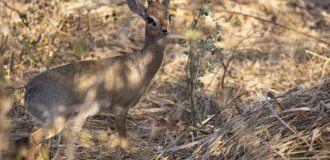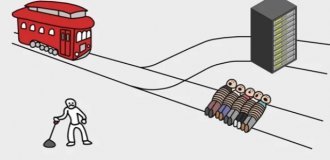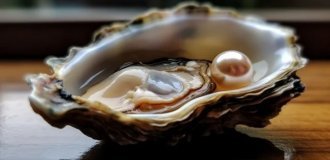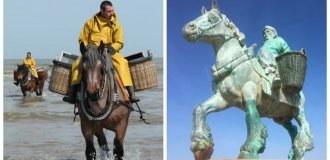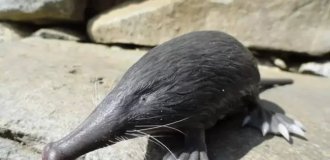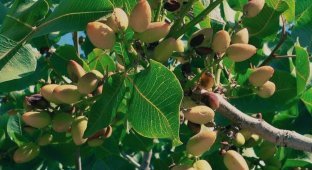Horsefly: it's time to understand the goals and motives of the vampire! (7 photos)
These two-winged insects: both horseflies and gadflies, are in many ways similar to each other. Only the gadfly looks as if everything suitable for feeding was removed in Photoshop. And the horsefly has two nasty things on the front of its head, similar to brackets for bathroom shelves, only pointed. 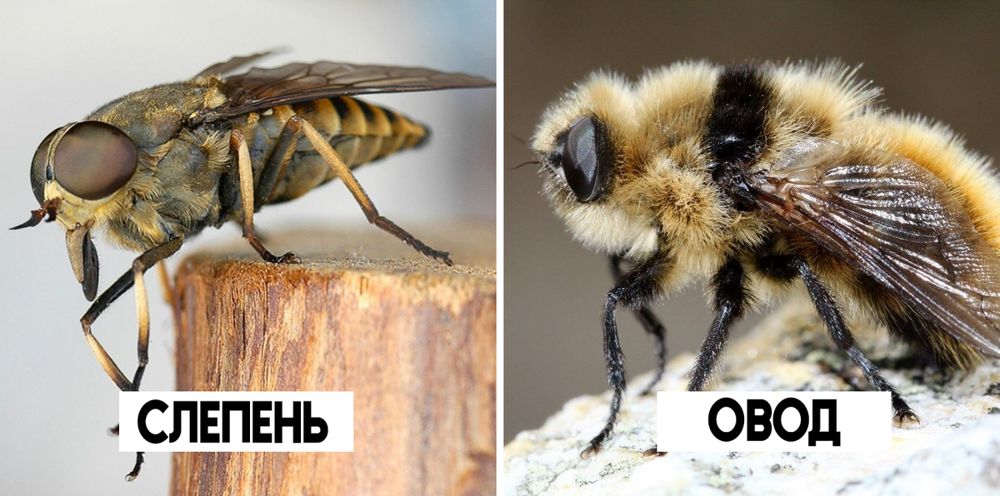
Remember: on the left is a horsefly. It is he who bites you on the river at your grandmother's. And on the right is a gadfly. Adults have no mouth and cannot eat at all.
Of course, if such a dirty trick has settled on you, you are unlikely to ask her to open her face - this is not Gyulchatai for you. And there are about 4,500 species of horseflies in nature, sometimes significantly different from each other in appearance. Don't remember every parasite. 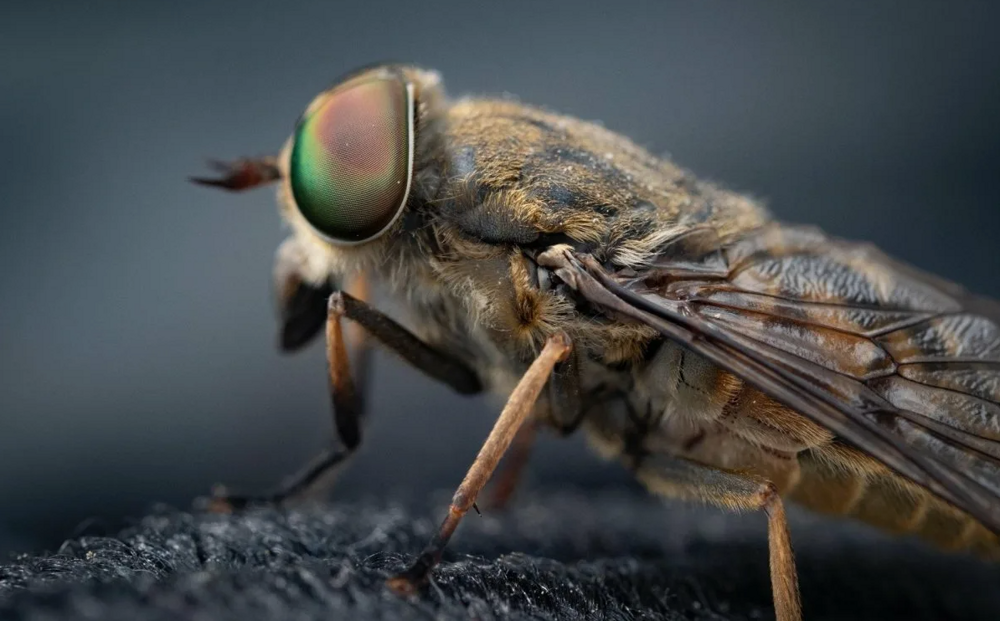
Horseflies can come in a variety of sizes and colors. This is why they are so often confused with gadflies. The most common species is the bullfly, which is also seen in the photograph.
The main thing to remember is that it is the horsefly that bites. It bites very painfully. While other bloodsuckers anesthetize the bite so that the victim does not suspect the presence of the parasite until the last moment, the horsefly does not bother at all with the suffering it brings. Using cleaver mandibles, like a real butcher, the horsefly tears off a piece of skin, reveling in the ruby cocktail. At one time, horseflies drink up to 200 mg of blood. That's like 70 mosquitoes! 
How I want to hit you sharply with a slipper...
The second reason why horsefly bites are painfully painful is the saliva with which the fly treats our wound. It contains a toxic component that prevents blood from clotting. This is what causes an allergic reaction: itching, redness, swelling. For the most unlucky people, this can develop into anaphylactic shock. 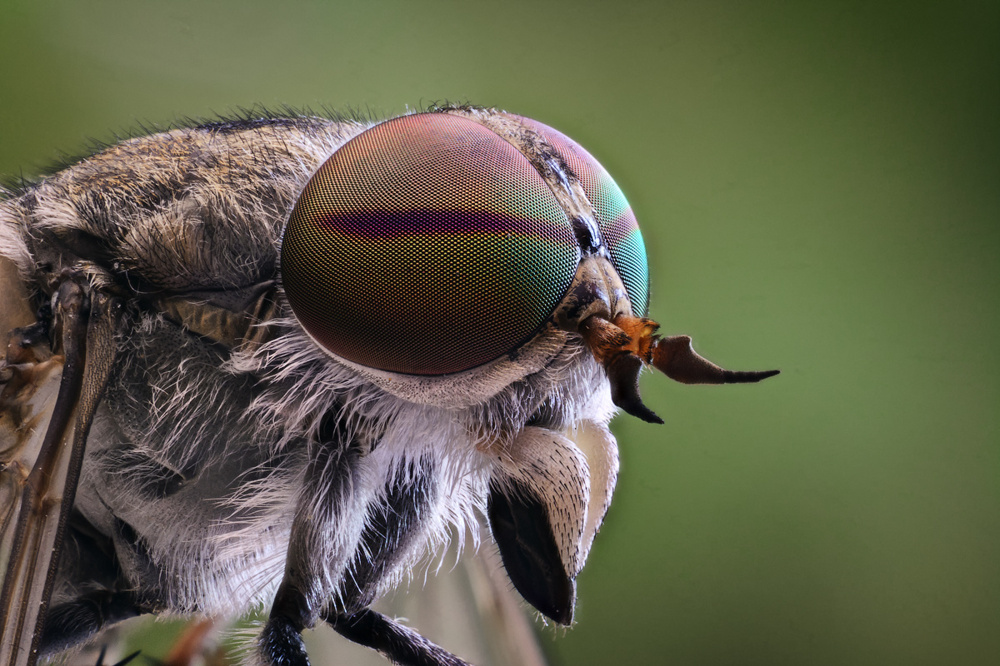
Horseflies rarely appear in the city, but in areas where livestock graze there can be whole clouds of them. Large ungulates are their main food.
By the way, only females are fond of bloodletting. And all for the sake of posterity! For the sake of future children, we take vitamins. And horseflies suck other people's blood. This way they compensate for iron and protein deficiency. The more blood flies shed during pregnancy, the more babies they will have! 
Don't worry about the flower, it's not what I need.
This is what those people who are least inclined to feed a family of parasites take advantage of. Ultrasonic repellers are installed in the areas, which emit the same signals as male horseflies. A postpartum lady has no need for new dates, and she will fly in the other direction. By the way, the males peacefully enjoy nectar during their short life. Their only goal: to make their chosen one happy with offspring. And there you can die with a clear conscience. 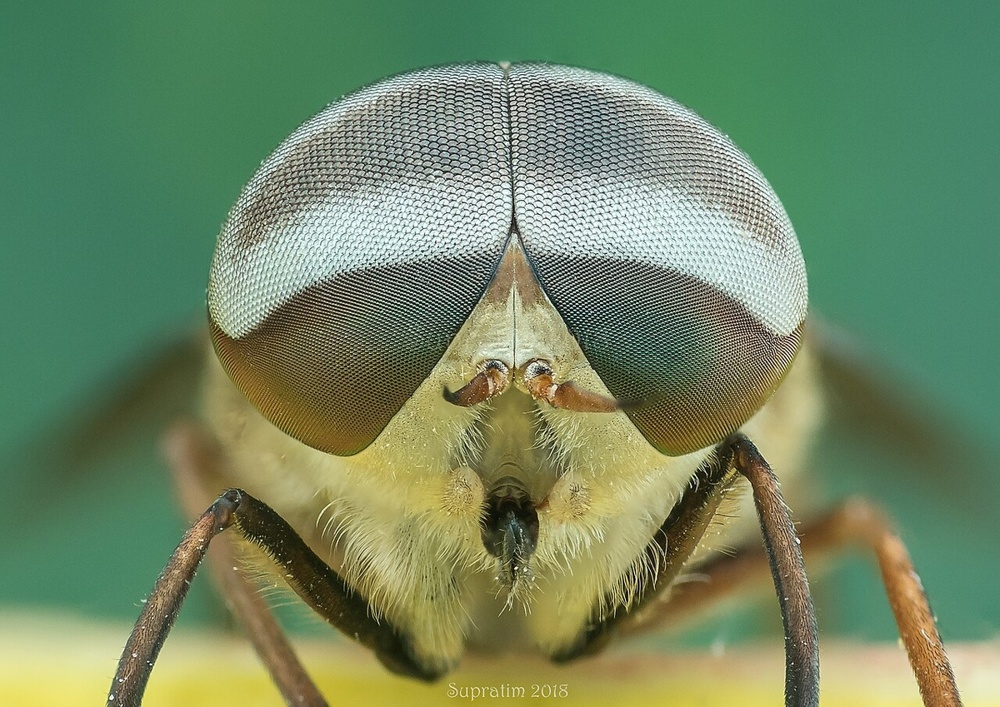
Horsefly boys are peaceful guys. They drink nectar, live short lives, and their nose cleaver is weak and not intended for opening prey.
Another way to get rid of horse flies is to remove all artificial ponds, pools and other bodies of water. It is their females who strive to use them as a kindergarten. The larvae are suitable for water, bottom silt, and wet soil on the banks. These small parasites will eat everything that comes their way: from the larvae of other insects to mollusks. If you need water containers for household purposes, it is better to keep them closed. 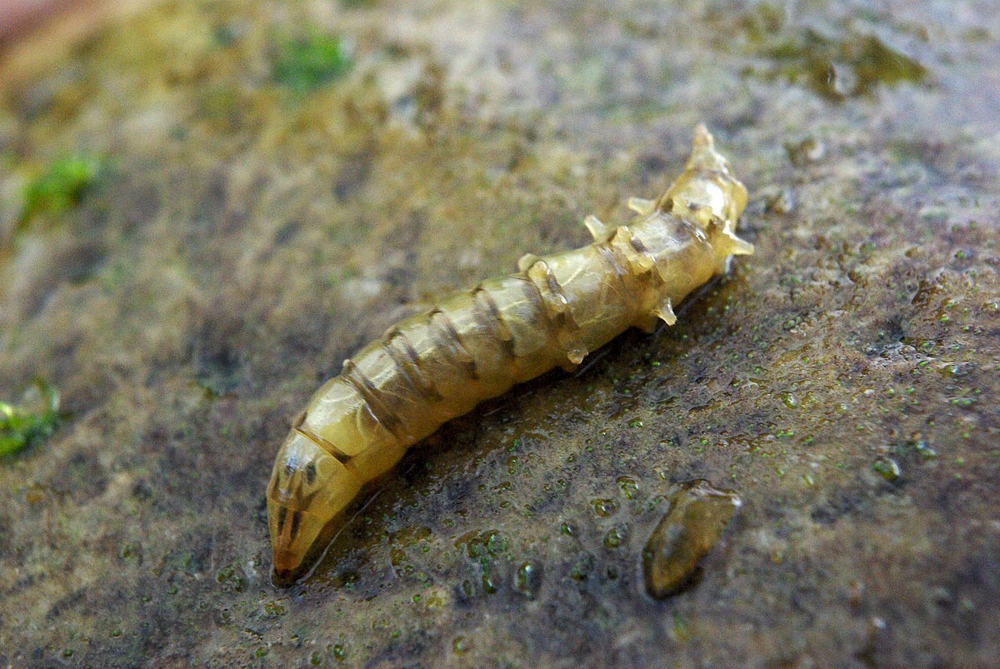
If only you knew, little one, how much blood your mother shed for you!
Horseflies can also be removed using insecticides. And if you are reluctant to resort to radical chemical means, then folk remedies will help you. Take a simple cologne and pour it into cloves crushed in a mortar. We leave it in the dark for ten days, and then we spray the resulting perfume on everything that we want to protect from horseflies: clothes, garden tools, and, of course, our favorite chair in the garden.
